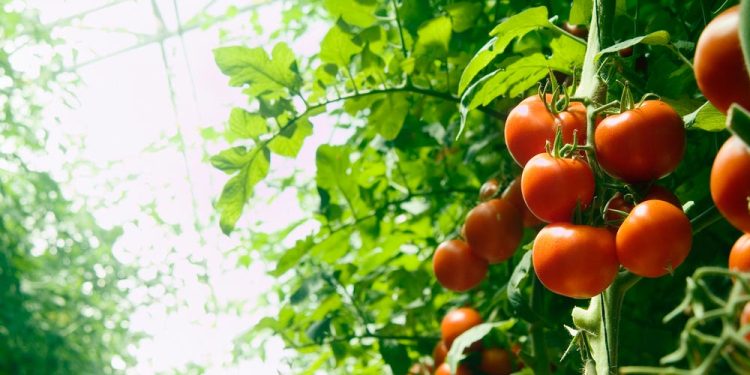#tomatocultivation #high-techgreenhouses #LEDlighting #individualirrigationsystems #modernagriculture #sustainablefarming #environmentalimpact
Tomatoes are one of the most popular vegetables in the world and their demand is growing steadily. However, with traditional cultivation methods becoming less efficient, modern farmers are turning to high-tech greenhouses to improve their yields and quality. In Russia’s Ivanovo region, a farm called “Rodina” has implemented a state-of-the-art tomato cultivation project that uses LED lighting and individual irrigation systems. The result is impressive: in just three months, the farm was able to harvest 9 tons of plum tomatoes and 12 tons of medium-sized tomatoes. Although the investment costs were significant, the quality of the product speaks for itself. This article explores the benefits and challenges of high-tech tomato cultivation, as well as the potential for expanding these innovative practices.
According to the latest data from the Russian news outlet Sputnik, the Rodina farm in Ivanovo has been growing tomatoes using modern technology for about ten years. Their most recent investment in the new project cost 65 million rubles, which includes 1,400 square meters of equipped space for tomato plants. The LED lighting and individual irrigation systems are carefully calibrated to ensure that each plant receives the optimal amount of water and nutrients. In just three months, the farm harvested a total of 21 tons of tomatoes of two different varieties.
The use of high-tech greenhouses has many advantages, including the ability to control the climate, lighting, and irrigation systems precisely. This level of control allows farmers to grow crops year-round, regardless of the weather conditions outside. Additionally, the use of LED lighting is much more energy-efficient than traditional methods, which can reduce the cost of production significantly. Moreover, the individual irrigation systems help to prevent diseases and pests from spreading between plants, which can increase overall yields and quality.
While high-tech greenhouses offer many benefits, they also present significant challenges. The initial investment costs can be high, and maintenance can be complex, requiring specialized knowledge and training. Additionally, the use of technology can be intimidating for some farmers, who may prefer traditional methods. Nevertheless, the demand for high-quality, sustainably-grown produce continues to increase, and high-tech greenhouses are poised to become an essential tool for modern agriculture.
High-tech greenhouses are an exciting innovation in the world of agriculture. The Ivanovo region’s Rodina farm is an excellent example of how modern technology can improve yields and quality while reducing environmental impact. Although the initial investment costs may be steep, the long-term benefits of high-tech greenhouses make them a worthwhile investment for farmers and agricultural engineers alike. With the global demand for fresh produce growing steadily, high-tech greenhouses are likely to become increasingly prevalent in the coming years.









